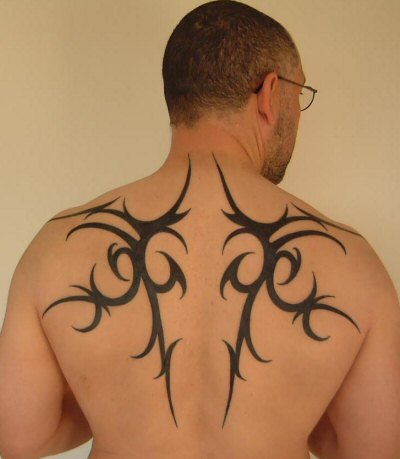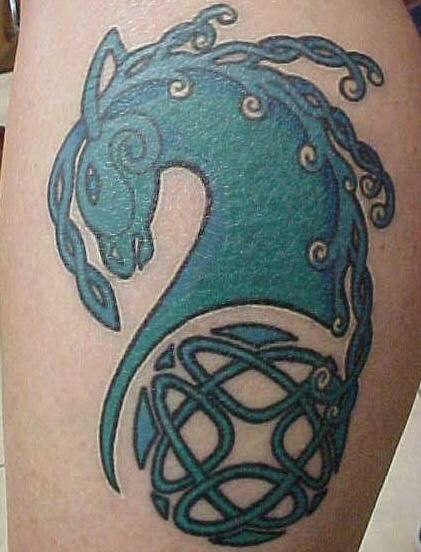Arguably, tattoos date back to about 3000 B.C. Marks found on a mummified human body dating that old, have tattoos. Tattoos have also been found on Egyptian and Nubian mummies that date back to about 2000 B.C. M any references can also be found in books from classical authors referring to t he Greeks, Germans and Gauls.
Europeans rediscovered tattooing when they encountered Polynesians and American Indians during some exploration. The word ta ttoo comes from the Tahitian word “tattau” which means “to mark”. European and U.S. societies considered tatto os very exotic so many tattooed Indians and Polynesians drew a crowd at the circus and fairs during the 18th and 19th centuries.
The reason for tattooing has changed over th e years and across various cultures. In the early practice of tattooing, it was primarily f or decoration. This ancient practice still holds true today for most people. Early Romans used tattoos for identification. They would tattoo slaves and criminals so t hat everyone would know their status. Tahitian tattoos were rites of passage and told to story and history of the person’s life. In the early days of the U.S. when sailors would travel to foreign lands, they would collect tattoos as souvenirs of their travels and experiences.
The first thing to remember about your tattoo is that this is a lifetime investment! Do not rely on information from friends about the care of your new tattoo. The artist will provide you with the proper care for the tattoo.
Generally, if your tattoo has been bandaged , leave it on for approximately two hours. Then, wash it gently with luke-warm water using antibacterial soap. Pat it dry, do not rub. This washin g should occur three to four times a day.
Do no apply another bandage to the tattoo. Allow it to be exposed to air. This will help the healing process. Also, try to avoid tightly fitted clothing. Clean, loose clothing will be the best.
After washing, apply very thing coasts of Bac itracin or A&D Ointment and work it into the skin. Do not over apply. Apply just enough so t hat the tattoo appears shiny. If you can see the ointment on your s kin, you are using too much.
Do not soak the tattoo in water or let the shower directly spray hard onto it. Also , avoid swimming pools, the ocean, hot tubs or any other source of water, aside from the shower, until the tattoo is healed. Also avoid getting the new tattoo sunburned until it is healed. All of these can fade the tattoo and hinder the healing process.
When the ta ttoo begins the healing process, do not directly scratch the tattoo. Itching means
healing and a little bit of alcohol will relieve the itch. Also, do not pick th e scabs that may form. Let them fall off gradually. This will us ually happen in one to three weeks.
If swelling or redness occurs, you can use ice packs to help the swelling go down.
Celtic tattoo

Celtic tattoo

Funny Tattoo

Dragon tattoo

Japan Tattoo


0 comments:
Post a Comment